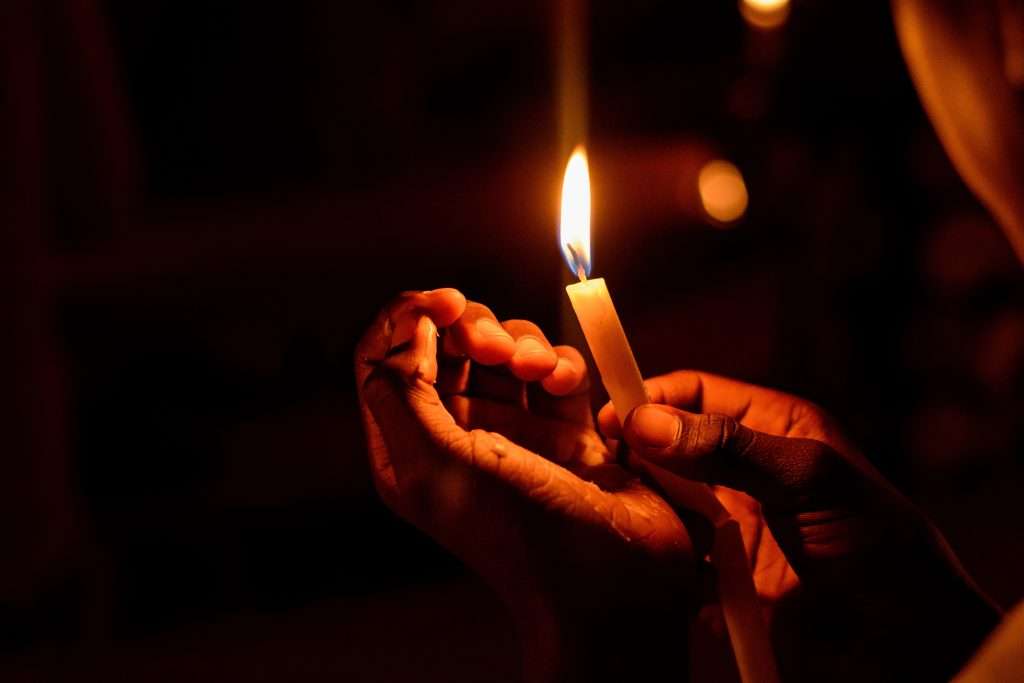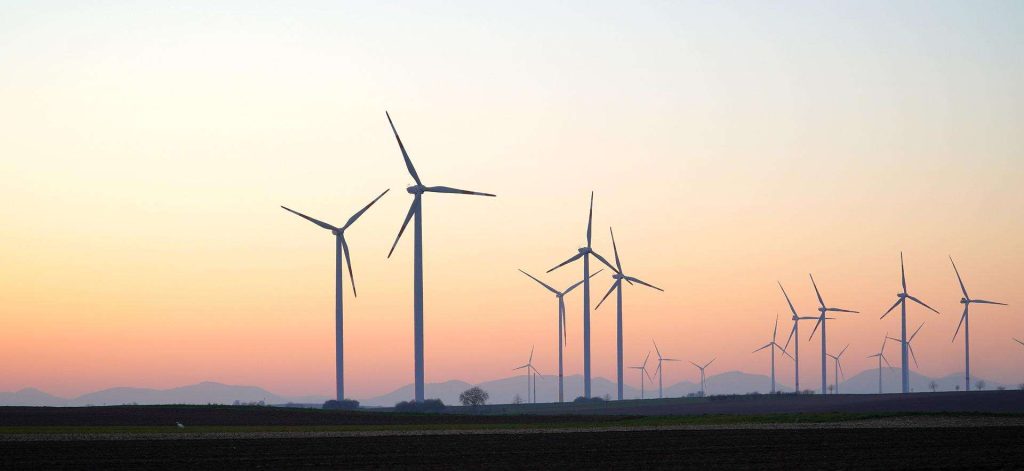
Earlier this year, Sri Lanka announced a series of island-wide power cuts. These power cuts last anywhere from 6 to 13 hours, daily. This is because the south-Asian Island is unable to pay for imported fuel to run thermal power plants due to decrease in foreign currency reserves. As a result, the situation has caused an indefinite energy crisis. However, with monsoon rains powering hydro-power plants in recent months, there has been a reduction in power cuts. That being said, Sri Lanka’s energy sector needs drastic changes to provide a constant power supply long term.
What led to the Economic and energy Crisis
Heavy government spending amidst a pandemic coupled with soaring external debt, caused a decline in Sri Lanka’s foreign reserves. As a result, the country is facing its worst economic crisis since its independence.
Disruption of tourism due to COVID-19
The Sri Lankan government largely blamed the COVID-19 pandemic for the economic crisis. The pandemic severely affected Sri Lanka’s tourism industry, which the Sri Lankan economy heavily relies on. However, experts and critics say economic mismanagement is to blame.
Government attempts to boost spending
The Rajapaksa government enacted significant tax cuts in 2019 to encourage spending. This led to a loss of more than $1.4 billion a year in government revenue
Heavy money printing and currency float
The government’s continuation of extreme money printing since 2020 has put pressure on the exchange rate. The situation heightened in March because of a surrender rule and low-interest rates. Sri Lanka’s headline inflation skyrocketed to over 40 percent in May 2022.
External debt payments
In May 2022, Sri Lanka defaulted on its debt for the first time in its history. This occurred after the expiry of a 30-day grace period for missed interest payments on two of its sovereign bonds. Currently, the country owes $51 billion in foreign debt. These debts are also linked to unwarranted infrastructure and development projects with countries including China.
A Failure of Renewables
Sri Lanka’s energy crisis may remain unstable until the state expands energy generation methods. This means a shift to renewables. Some of the reasons why the Island is struggling to transition to renewable energy is due to bureaucracy and corruption. Further, the lack of transparency as well as insufficient funding to implement such renewable projects.

The slow growth of renewables
Over the years, Sri Lanka has failed to grasp and promote carbon-neutral solutions due to technology gaps and tedious tender processes. This has caused delays in implementing renewable projects. Experts say that it takes at least six to seven years to complete a solar or wind power plant project. Critics also argue that the government has not taken the shift to renewables seriously as such projects are yet to offer political incentives.
Legal impediments
The government recently passed changes to its Electricity Act to expedite energy projects. However, these changes came with strong resistance from some opposing lawmakers and industry trade union workers. Sri Lankan activists demanded the cancellation of a US $500 million wind power project with India’s Adani group in June 2022. The objection from activists is due to potential corruption. The changes made to the Electricity Act were allegedly never opened for competitive bidding. Therefore, the clarity of selecting renewable energy projects remains questionable.
Financial constraints
The lack of financial aid is also another cause of the slow transition to renewable energy. According to the Asian Development Bank, the financial constraint is also attributed to non-cost reflective tariffs of the Ceylon Electricity Board (the state-run electricity company).
The Impact of Sri Lanka’s Energy Crisis on its People
The energy and economic crisis have taken a toll on the Sri Lankan people on all fronts. This includes impacts on:
- Businesses
- Households
- Health and Safety
The shortage and increase in prices of fuel in Sri Lanka has disrupted business operations. Employees work from home amidst the power cuts, while others carpool to work due to the difficulties in commuting. Companies also find it challenging to secure diesel to power generators during power interruptions. The IT industry and food businesses have also been hit hard. Around 3,000 bakeries reportedly shut down in June this year. Also, the Sri Lanka economic crisis has reduced investor confidence.
The shortage of fuel and dollars for imports has led to sharp price increases in essential commodities, including food. Low-income households are the biggest victims of this economic crisis. According to the World Food Programme, nearly five million Sri Lankan people have reduced their meal intakes, sold their valuables and are borrowing money to cope. Students are also inconvenienced by the daily power cuts.
The crisis has also severely impacted the health sector. Power cuts and a lack of generator fuel have caused hospitals to postpone routine and non-urgent surgeries. Incidents of unrest have broken out between the public and the law enforcement officials at several filling stations. A number of deaths have also occurred at fuel queues as people also have to wait long hours, if not days, to purchase fuel.
Is there a Solution to the Energy Crisis?
Sri Lanka must seek to boost investor and public confidence in the clean energy sector by:
- Establishing clear and robust policies
- Regional collaboration
- Enhancing energy infrastructure and investment
Policies are often a prerequisite for other actions to follow. A comprehensive policy and action-based framework are needed to attract multi-stakeholder participation in Sri Lanka’s renewable energy sector. Authorities must immediately clear regulatory uncertainties and introduce transparency in competitive bidding processes. They must also strive to improve grid capacity to make room for more renewable energy.
Regional cooperation is also an effective way to ensure the integrity of energy systems in the country. Mitigating blackouts and enhancing grid resiliency would be possible with unified planning and interconnecting power grids with neighbouring countries such as India, Bangladesh and China. Sri Lanka is currently exploring the possibility of identifying offshore oil and gas in the surrounding Sri Lankan waters. However, the country shouldn’t dismantle its efforts in transitioning to renewable energy.
Mechanisms for joint planning and construction should be developed. Coordinated efforts and greater collaboration from the key stakeholders and encouraging transparent foreign/ private sector investments in the energy renewable sector can help Sri Lanka transition to renewable energy systems.
This also leaves room for:
- Larger renewable projects
- Better operational management
- Low-cost electricity
- Technical innovation
Thus, creating energy efficiency as well as long-term economic, energy and environmental gains.
Will The transition to renewable energy help the economy?
Transitions to renewable energy in a debt-strapped country will remain challenging without sufficient technical and financial aid. However, Sri Lanka must take the energy crisis as an opportunity to re-frame the economic recovery through more sustainable investments.
Transitioning to more renewables could offer a way out of fuel import dependency and create long-term benefits. Encouraging renewables would not only allow Sri Lanka to diversify its energy sources but also protect them from the unpredictable fossil fuel price swings. Implementing renewable projects can also drive inclusive economic growth and local job creation.
In the words of the UN Secretary-General Antonio Guterres: “the only true path to energy security, stable power prices, prosperity and a livable planet lies in abandoning polluting fossil fuels – especially coal – and accelerating the renewables-based energy transition. Renewables are the peace plan of the 21st century.”
Connect with THRIVE and sign up for our newsletter to learn more about providing innovative sustainable solutions to the challenges of industry, and infrastructure around the world.























